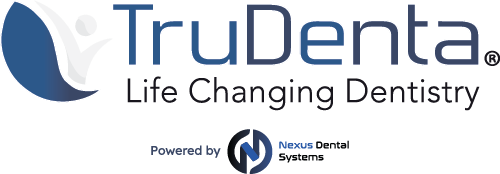You’re Not Alone
If you’re suffering from chronic headaches or migraines, you’re not alone — frequent migraines affect 3% of Americans, and painful tension headaches affect over 20% of people worldwide.
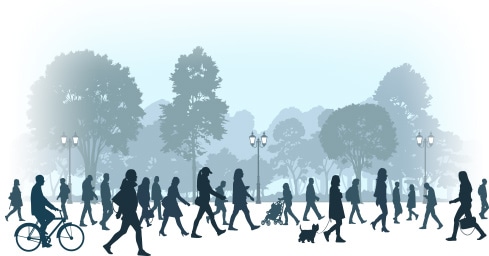
It’s More Than Just Your Head
Chronic head pain sufferers are 3x more likely to become depressed, and also are more likely to have anxiety, fatigue, and trouble sleeping.
Take Control
Chronic headaches can now be treated with more than just painkillers, but under half of the millions of headache and migraine sufferers are ever professionally diagnosed and treated.

Migraines
Intense, Pulsing Pain
- Migraine is one type of headache, usually accompanied by a throbbing or pulsing pain in one side of the head.
- Migraines headaches are often accompanied by nausea or sensitivity to light, and are made worse by physical activity.
- A few migraine sufferers may also experience visual disturbances.
- Migraines usually last from 4 to 72 hours.
Tension Headaches
Constant Head Pressure
- Tension headaches are the most common type of headache, making up over 90% of all headaches.
- Severe chronic tension type headaches are often misdiagnosed as migraine headaches.
- Tension-type headaches often manifest as a feeling of intense pressure or tightness in a band that wraps from the forehead to the back of the head and sometimes the neck, with some moderate pain on the sides of the head.
- These headaches usually only last for a few hours, but can remain for several days.
Medication Overuse Headache
Early Morning Aching
- Medication overuse headaches result from daily use of medication for chronic headaches, and usually occur in the morning.
- The headaches may subside when more medication is taken, but return immediately as soon as it wears off.
Cluster Headaches
Severe Eye Pain
- Cluster headaches are rare, and include intense pain around the eye, as well as occasional redness and tearing.
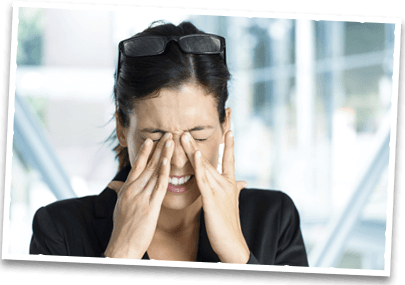
There is No Single Trigger
Some headache or migraine sufferers are able to pinpoint external factors that contribute to their head pain — it might be alcohol, or caffeine, or hormonal changes. Stress, medications, certain foods, changes in routine or environment are also common triggers. It helps to keep a headache diary.
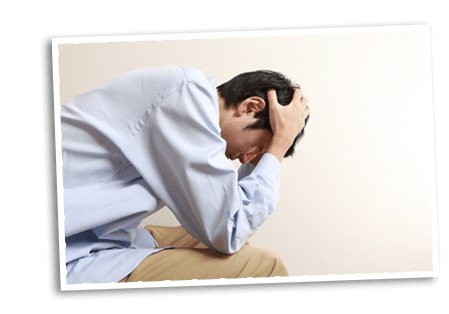
It Might Be Your Jaw’s Fault
- The human bite can generate over 260 pounds of force at the molars, and unless this pressure is perfectly balanced it can throw the delicate balance of the jaw’s muscles, tendons, nerves, and ligaments into disarray.
- Any imbalances in the bite can cause nerve pain that manifests in the neck, face, or head, even if your jaw itself feels fine.
How Did This Happen?
There Are Several Factors That Could Be At Play:
- Stress is an important factor — it frequently increases muscle tension in the jaw, which creates imbalances over time.
- Any kind of physical trauma.
- Dental work, orthodontics.
- Any quirk in your eating habits or grinding of the teeth.
- Or it might just be time — your mouth and jaw are made up of living tissue, and can shift as you age.

Headache & Migraine Management
- Preventative medications attempt to prevent migraines and headaches before they start—typically beta blockers, anti-seizure medication, or antihistamines.
- These medications only work for about 40% of the people who take them, and even then only reduce the frequency of episodes by an average of 50%.
Trying To Stop A Migraine
- During a headache or migraine attack, the most effective drugs to temporarily treat symptoms are pain relievers or triptans.
- It is recommended that medications to treat head pain be limited to no more than twice a week in order to prevent side effects and reduce the likelihood of causing recurring medication overuse headaches.
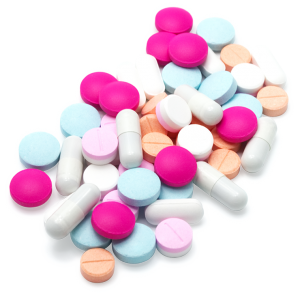
TruDenta Treatment System
Early Morning Aching
- TruDenta’s different technologies work together to reduce pain and inflammation from the very first session, with the end goal of creating a complete and lasting resolution of symptoms.
- No injections and no medications means no unpleasant side effects.
- The whole-body approach combines state of the art ultrasound, cold laser, microcurrent, and trigger point manipulation techniques.
Get Your Life Back
Finding And Treating The Underlying Cause
- Bite Force Analysis — this TruDenta technology is able to analyze and display the different forces at play in your mouth and jaw, right down to how much pressure is exerted by each individual tooth.
- Range of Motion Analysis — TruDenta’s ROM system measures any abnormal or restricted movement in your head and neck in order to narrow down potential causes and create a specialized treatment plan.

